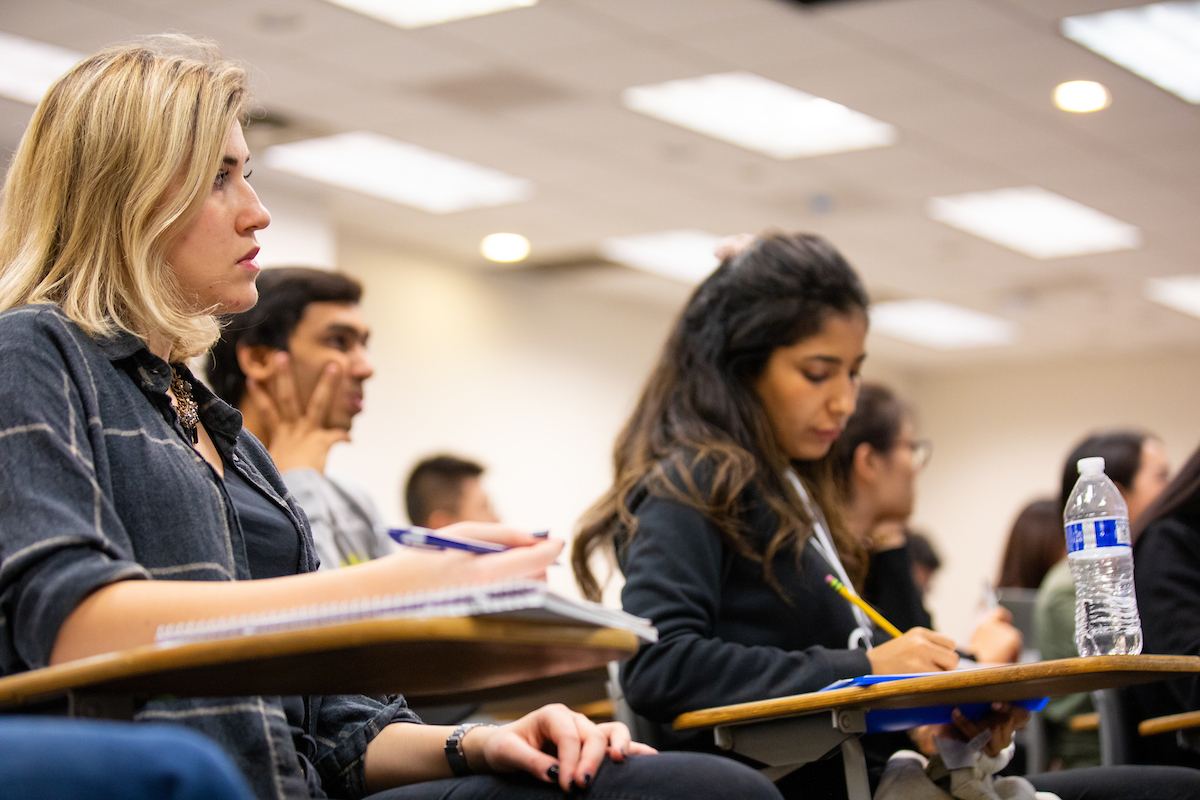Objectives
The initial objective of Massoud Moussavi’s PPOL 6004 course, AI & Development, was to help students critically integrate AI into their practices, meeting the evolving needs of the policymaking landscape. However, given that both the professors and teaching assistants are also engaged in their own learning process, they redefined the objective to focus on the integration of AI into the overall teaching and learning process, creating a holistic learning experience for all those involved in the course.
The course ultimately aims to equip students with foundational analytical tools to address complex challenges in policy analysis and international development. These challenges include using big data, such as satellite imagery or cell phone records, to help with tasks such as:
- predicting outcomes such as agricultural yields
- applying machine learning to assess poverty levels
- identifying optimal locations for health facilities
- managing disaster risks.
Students are also trained to approach problem-solving through insights derived from AI and machine learning, causal analysis, and decision analysis. The course examines policy applications across fields such as education, healthcare, and urban planning. Students grapple with essential questions: What are the underlying causes of a problem, and what constraints need to be addressed? Which interventions are likely to be most effective and cost-efficient, and how closely do these align with stakeholder needs? By reviewing intelligent tools and formal methods for representation and reasoning, students learn to navigate these questions with both technical rigor and strategic foresight.
Outcomes
A range of AI tools enhanced student learning and engagement in the course. Model-building tools allowed students to visually represent data and create narratives on issues like educational outcomes and epidemic factors, while scenario-planning tools supported forecasts in public policy and healthcare, helping students envision AI’s impact over the next decade.
Multimedia storytelling tools enabled students to use videos, images, audio, and text to present final projects with clarity and creativity, while causal discovery software deepened analytical insights by identifying relationships between datasets. Generative AI tools such as ChatGPT, Google Gemini, Perplexity, and Claude provided support across syllabus development, grading rubrics, assignment creation, and class discussions. They facilitated self-assessment and debate, encouraging students to analyze and critique AI-generated responses, gaining new perspectives.
Overall, students displayed increased engagement, critical thinking, quality of submissions, and peer discussions. Surveys revealed that students valued practical applications and identified areas for deeper exploration, such as Bayesian networks, predictive modeling, AI ethics, and interdisciplinary integration.
Team

Massoud Moussavi
McCourt School of Public Policy

Jing Xiao
Georgetown University Alumni, CCT ’24 (Communication, Culture, and Technology)

